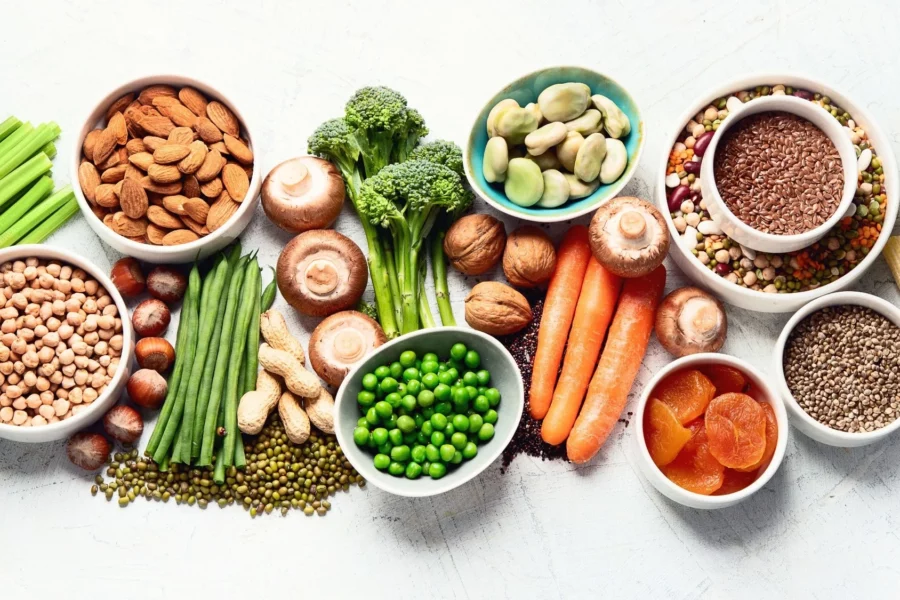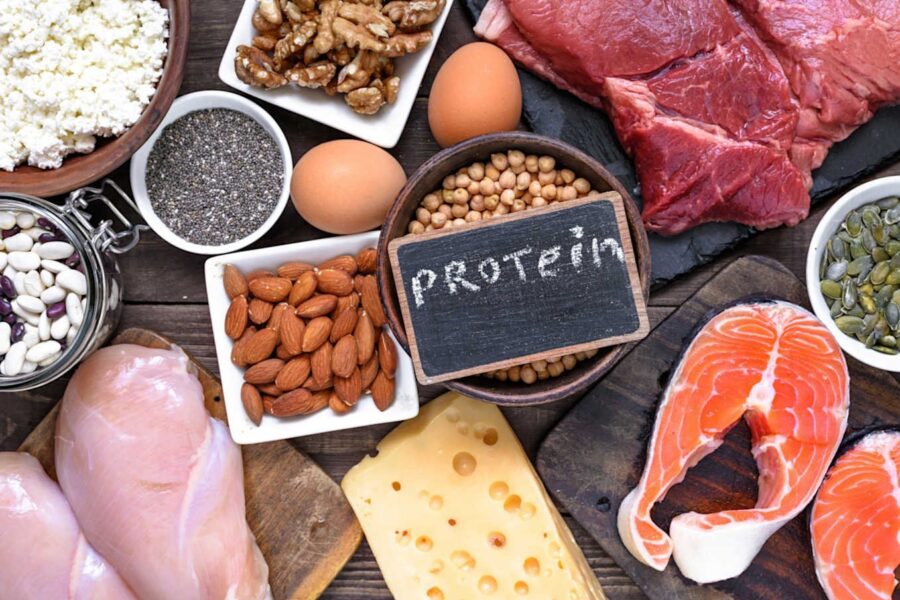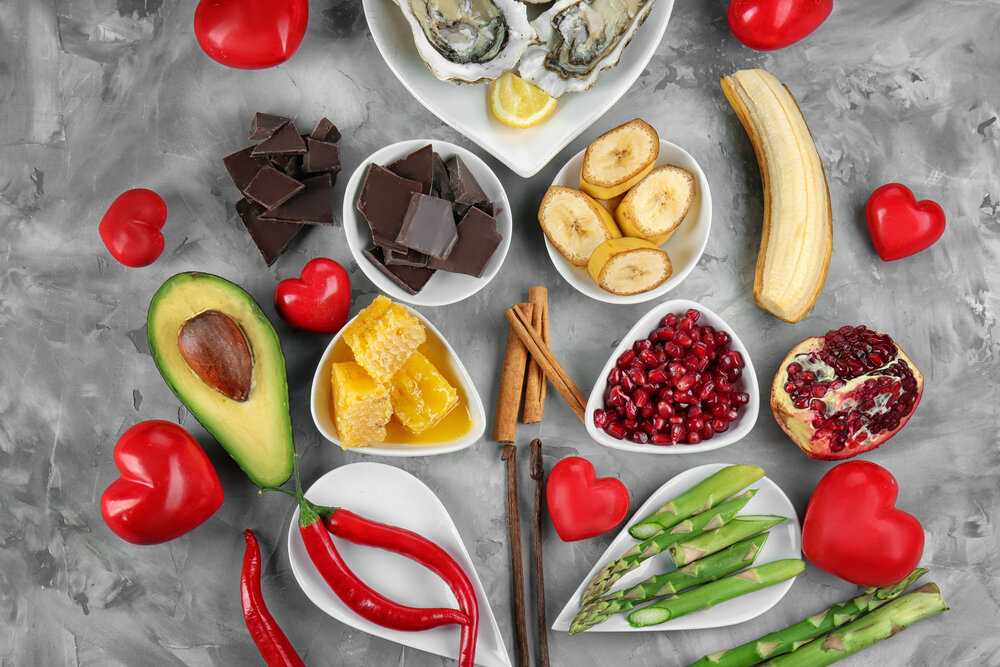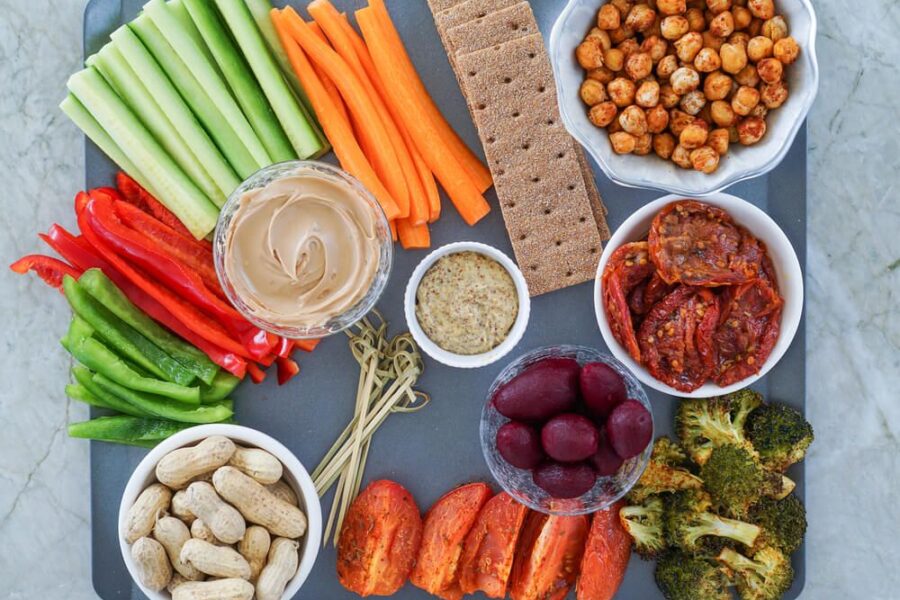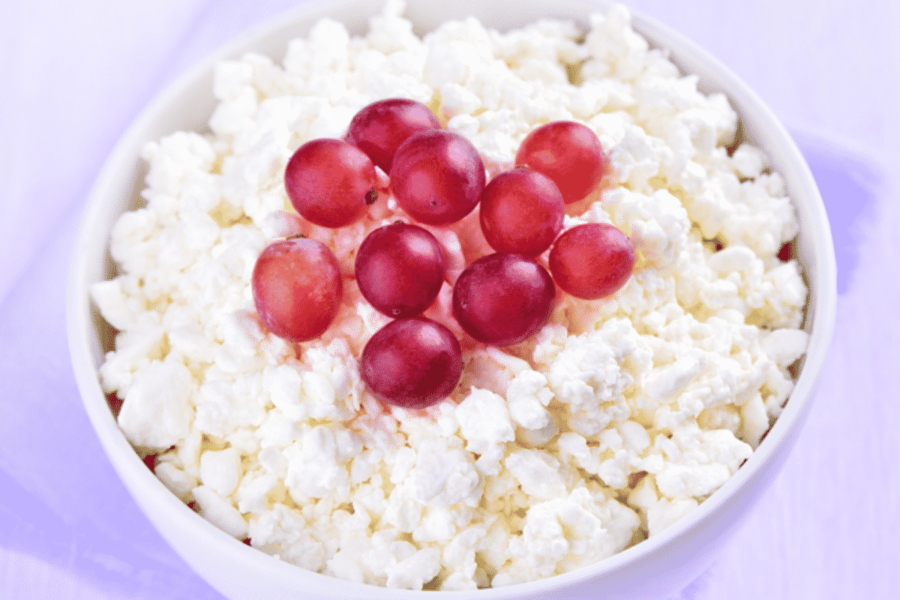French cooking is often seen as a benchmark for gourmet dining and culinary skill. But don’t be daunted! The truth is, the foundations of French cuisine are built on simple, quality ingredients and time-honored techniques that anyone can learn. Here’s a guide to getting started on the essentials of French cooking right in your own kitchen.
Understanding the French Pantry
Before you start whipping up coq au vin, it’s important to know the staples in a French pantry. Ingredients like good-quality butter, fresh herbs (think parsley, thyme, and bay leaves), Dijon mustard, and shallots are commonly used to add depth and flavor to dishes. Stocking up on these basics will give you a solid foundation for French cooking.
The Holy Trinity: Mirepoix
Many French dishes begin with mirepoix—a simple mix of onion, carrots, and celery chopped into small pieces. This trio, sautéed gently in butter, forms the base for a myriad of dishes, infusing them with a subtle, sweet flavor that’s unmistakably French.
Sauces: The Heart of French Cuisine
Learning to make a few classic French sauces can elevate your cooking to new heights. The mother sauces of French cuisine—béchamel, velouté, espagnole, hollandaise, and tomato—are versatile and can be modified to accompany many dishes. Mastery over these sauces means you’re already halfway to being a proficient French cook.
Mastering Meats: From Braise to Roast
French cooking respects the process of cooking meat to perfection—whether it’s a roast, a braise, or a grill. Key techniques include learning how to sear meat to lock in juices and slow-cooking to tenderize and develop flavors. Don’t rush the process; good things take time, as the French would say.
Perfecting Pastry: Quiche, Tarts, and Pâté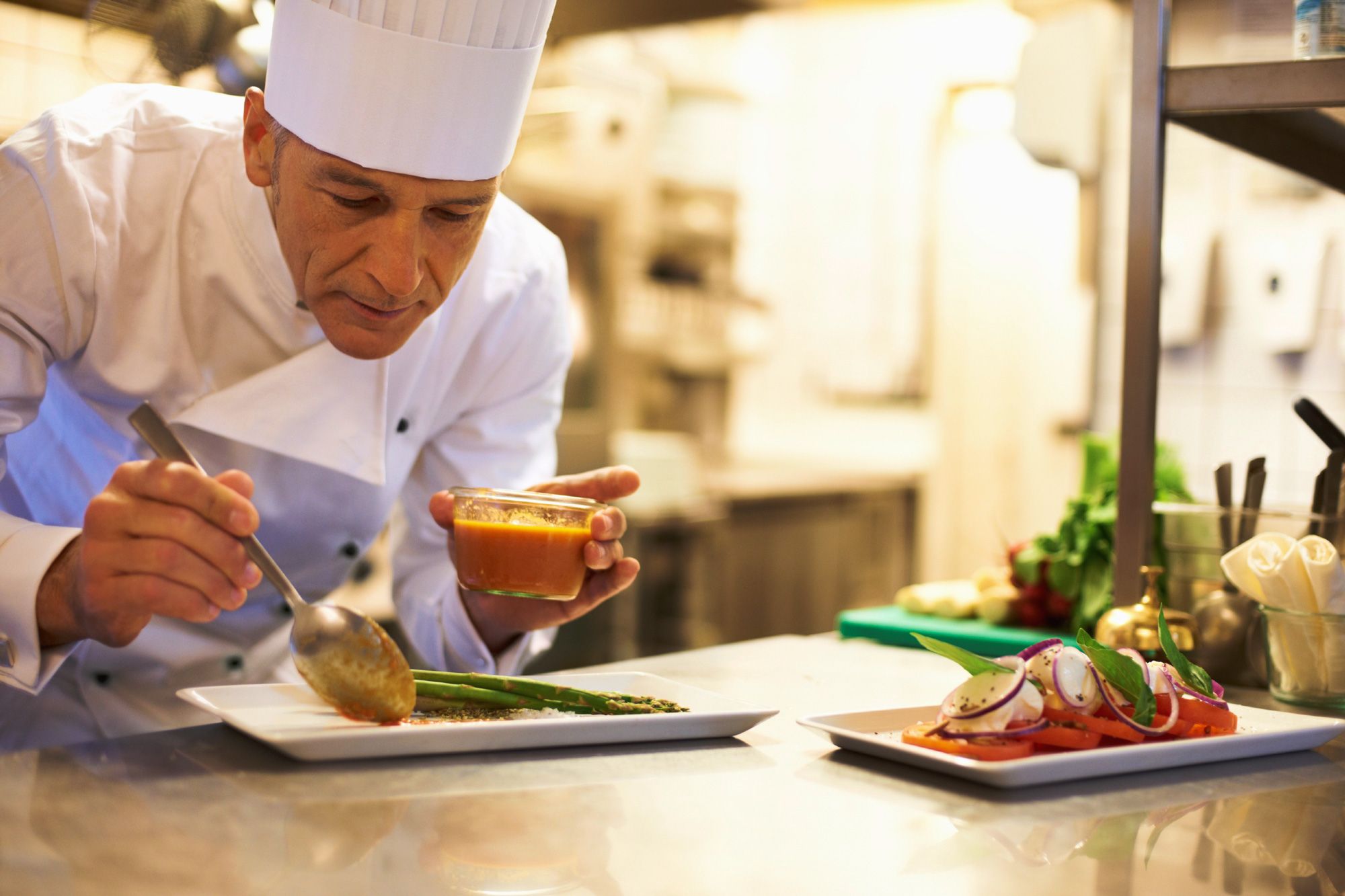
Pastry is another pillar of French cuisine. Starting with something simple like a quiche or a savory tart can teach you the basics of crust-making. And if you’re feeling adventurous, stepping up to pâté or rillettes will introduce you to the world of French charcuterie.
Vegetables and Herbs: A Delicate Approach
French recipes often call for a delicate treatment of vegetables, cooking them just enough to bring out their flavor without losing texture or color. Herbs are used with a light hand to enhance, not dominate, the dish.
Omelettes: The French Staple
Master the art of the omelette, and you’ll capture the essence of French simplicity. The key is to use fresh eggs, a bit of technique, and the highest quality fillings you can find, from fine herbs to Gruyère cheese.
Baking Bread: The Baguette
Baking a classic French baguette at home can be a rewarding experience. It’s all about the quality of the flour and the fermentation process. A crispy exterior and soft, airy interior are the marks of a true baguette, perfect for any meal of the day.
Desserts: A Sweet Finish
French desserts range from the simple fruit tart to the more complex soufflé. Begin with easy recipes, like clafoutis or crème brûlée, to get comfortable with the techniques and ingredients.
Enjoying the Process
French cooking is as much about enjoying the culinary journey as it is about the delicious results. Take your time, savor each step, and don’t be afraid to make mistakes. After all, Julia Child reminded us that “in cooking you’ve got to have a what-the-hell attitude.”
By learning these basic techniques and approaches, you’ll open the door to a world of sophisticated and delightful French dishes. Bon appétit!

